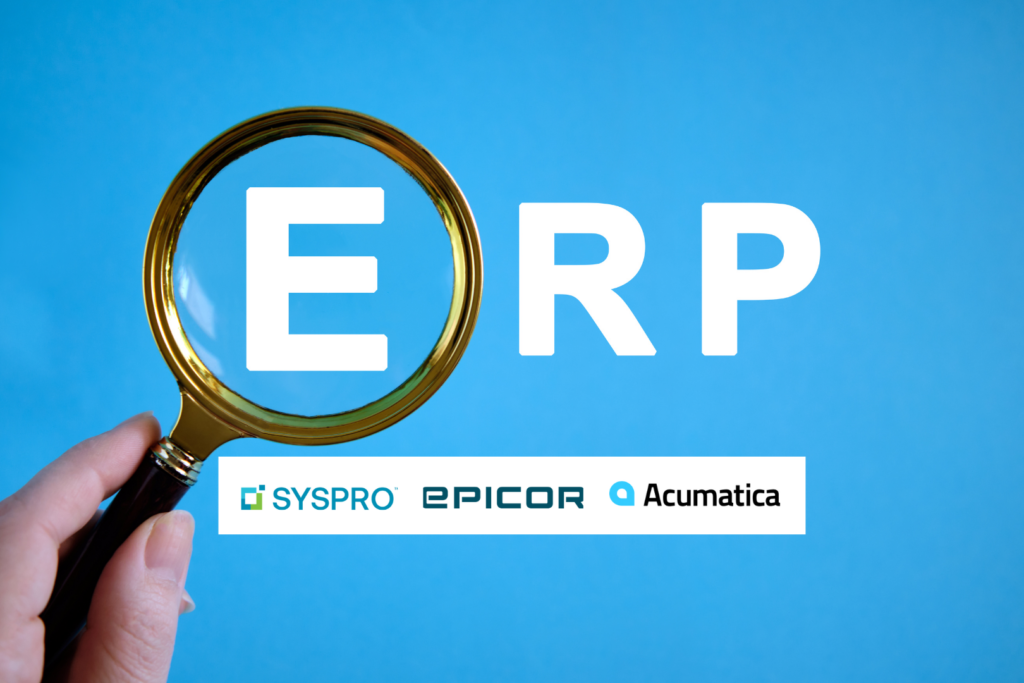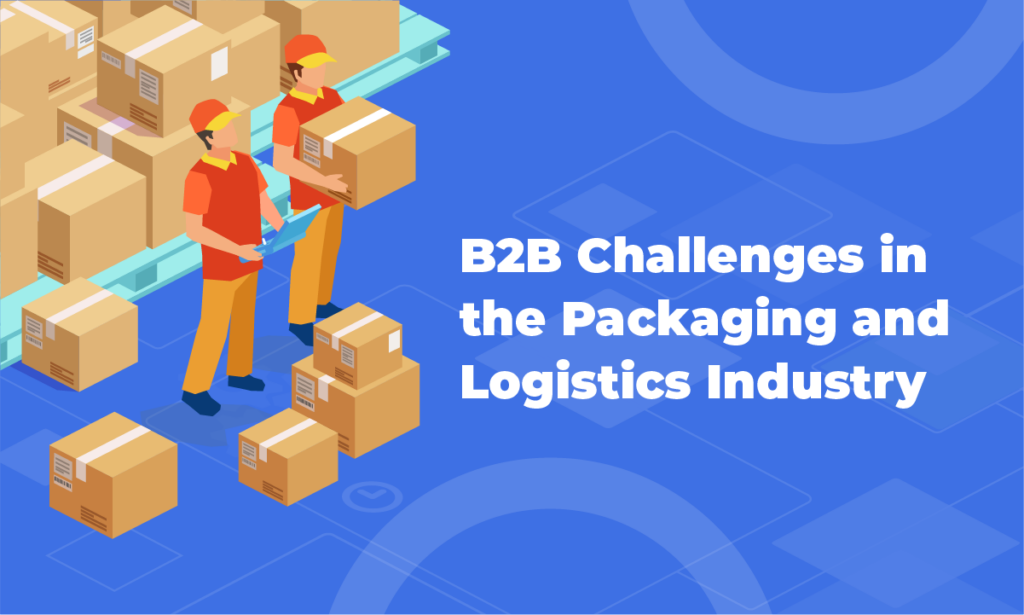Integrating your B2B ecommerce platform with other ERP systems is something you will need to consider as your business grows. This helps in streamlining your operations and maximizing efficiency. B2B sales need extensive support and a single business system is unlikely to meet all your needs. However, working with several different systems adds complexity and increases the risks of errors and duplication.
The benefits of improved internal processes, sophisticated self-service options for your customers, and opportunities for simplification and automation all make integration very attractive and worthwhile.
However, this process can come with its fair share of challenges. In this blog, we will explore five effective strategies to mitigate these challenges and ensure successful integration between your ERP and B2B ecommerce platform. Here are some steps you can take to mitigate the challenges.
Define your requirements and set clear objectives
Almost two thirds of B2B companies are likely to be considering integration as a strategic investment by 2024.
However, before implementation, it’s important to understand exactly what will be achieved through systems integration. Time invested at this stage can prevent a lot of issues arising later that can lead to project delays and cost overruns.
A well-defined plan is essential to any successful integration project. Begin by clearly outlining your objectives and the specific outcomes you aim to achieve through the integration. Identify the key functionalities and data that need to be synchronized between the ERP and ecommerce platforms. Consider factors such as inventory management, order processing, pricing, customer data, and real-time updates. By setting clear objectives and understanding the scope of the integration, you can streamline the process and avoid unnecessary complications.
This is an essential part of the process and must be well managed. It should include examining:
- Business challenges you want to address with integration
- which systems should be integrated and whether this will happen immediately or through a phased approach
- what data must be synchronized between systems
- how many processes or workflows will be affected and which could be automated as a result of system integration.
The answers to these questions could make a significant difference to your integration project, from the partner you choose to the key performance indicators you put in place.
For example, you might think that a connector to synchronize your ecommerce order information with your finance system will meet your needs. However, order information needs to be linked to customer, product, and inventory information to complete a transaction.

Prepare your data
While integration will resolve a lot of challenges within your business in the future you already hold a lot of data in multiple formats in different systems. You will be well aware of the challenges siloed data presents every day. To optimize the benefits of integration you will need to consolidate this historic data into a single source of truth (SSOT) that you can rely on.
Having established your objectives you might find that you no longer need to keep some of your data but much of it will still be needed. It will have to be organized and synchronized in a hierarchy that will be the foundation of your integrated business processes. You will need to decide what can be changed, by whom, and how, so that you can introduce new rules of data management to maintain its integrity.

Plan the integration process
While you will need a lot of technical expertise and support to implement integration between your ecommerce and ERP systems, it will affect your whole business, including your sales and marketing teams, IT department, operational staff, customer services, and your managers.
You will need to understand how each person and team will be affected and allow time, training and resources to make sure everyone understands the benefits. You will need to define which activities and processes depend on the data you are working with and assess how the changeover will affect them. Before you start the technical process you will need to manage the very human reactions to change and obtain the required commitment.
You will also need to identify the key stakeholders in your project and decide when and how they will be involved in the specification and approvals processes.

Allocate resources
Your employees will need to learn new technology and follow new processes so it’s important to allocate time, resources and costs for training and internal communication as part of your project.
You will need a formalized change management process and a strategy to mitigate the risks and resistance involved in a major process of change.
A post-implementation plan will also be needed to support people, systems and processes after the integration is complete. To make sure the project is quickly embedded into your organization you will want to have an effective reporting and resolution process and the right people in place to make sure that users don’t become frustrated.

Pre-launch testing
Before you launch your integrated system you will want to be sure that everything is working as intended and that your objectives will be met.
While you might feel that all the hard work has been done by the time you reach this stage system integration testing is an essential step before you move to the live environment. Identify possible events that will test your integration to the limit and carry out hyper-critical analysis of the results.
Make sure your integration partner has a safe testing environment where your stakeholders and users can explore the new system and identify any potential pitfalls.
Work with an experienced team
Integrating your ecommerce and ERP systems isn’t something you will do very often, so you will want the help of experienced professionals. Cloudfy integrations bring together a powerful purpose-designed B2B ecommerce platform with the world’s most popular and powerful ERP systems so you can concentrate on your business.
Talk to one of our integration experts today.
Frequently Asked Questions
Integrating your ERP and B2B ecommerce platform helps streamline operations, maximize efficiency, and meet the growing demands of your business. It enables improved internal processes, self-service options for customers, and opportunities for automation.
To mitigate challenges during integration, follow these steps:
- Define your requirements and set clear objectives.
- Prepare your data by consolidating it into a single source of truth.
- Plan the integration process, considering the impact on different teams and stakeholders.
- Allocate resources for training, change management, and post-implementation support.
- Conduct pre-launch testing to ensure everything works as intended.
Integrating your ERP and B2B ecommerce platform brings benefits such as improved internal processes, sophisticated self-service options for customers, and opportunities for simplification and automation. It helps streamline operations, reduce errors and duplication, and enhance overall efficiency.
Integrating your ERP and B2B ecommerce platform is not a frequent occurrence. It is a strategic investment that requires careful planning and execution. Once integrated, the systems work together seamlessly, providing ongoing benefits to your business.
Integrating your ERP and B2B ecommerce platform is a complex task that requires expertise. Working with an experienced team ensures a smoother integration process, reduces the risk of errors, and allows you to leverage their knowledge and best practices. Consider partnering with professionals like Cloudfy to get the assistance you need.





